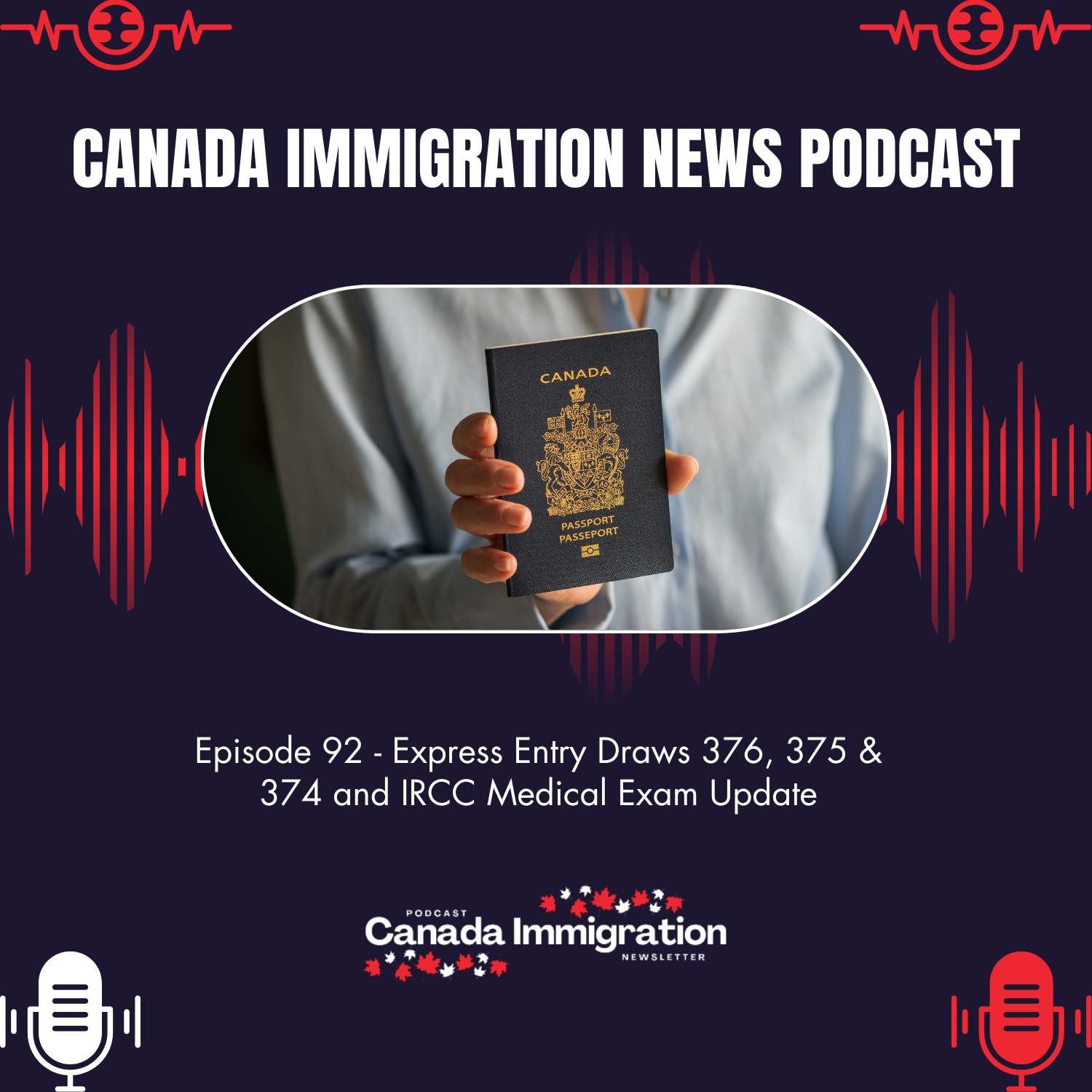Immigration Announcement
Overseas Travel to Canada Soars in August 2025 as U.S. Cross-Border Trips Decline

Canada’s tourism and travel landscape witnessed a dramatic shift in August 2025, according to the latest data from Statistics Canada (StatCan). The country welcomed a surge in overseas visitors while seeing one of the steepest drops in cross-border trips with the United States in nearly two decades.
With 886,000 overseas arrivals, representing a 9.2% increase compared to August 2024, Canada continues to stand out as a preferred travel and work destination for international visitors. The report highlighted that Europe and Asia drove much of this growth, reflecting renewed confidence in global travel and Canada’s enduring appeal as a top-tier destination.
The rise in overseas travel also aligns with Canada’s broader immigration goals—attracting global talent, boosting tourism, and strengthening the economy through cross-cultural mobility.
Overseas Arrivals to Canada Surge in 2025
The majority of overseas travellers (76.6%) arrived by air, indicating the robust recovery of international flight connectivity. Europe and Asia led this growth, with European arrivals up 7.9% and Asian arrivals up 8.4%.
Top countries of origin included:
| Country | Visitors (August 2025) | Share of Total Overseas Arrivals |
| United Kingdom | 136,900 | 15.4% |
| France | 102,700 | 11.6% |
| Germany | 63,300 | 7.2% |
Together, these three countries accounted for 34.2% of all overseas arrivals, highlighting strong travel links between Canada and Western Europe. This trend also reflects Canada’s growing recognition as an attractive destination for both short-term visitors and long-term immigrants seeking stable, diverse, and inclusive communities.
Canada’s Cross-Border Travel with the U.S. Declines Sharply
While overseas tourism thrived, Canada-U.S. travel declined significantly in August. The number of Canadian-resident return trips from the U.S. fell 29.7% year-over-year, marking one of the sharpest declines outside the pandemic era.
This was only the third time since 2006 that more U.S. residents visited Canada than Canadians returned from the United States. StatCan attributes the downturn to evolving economic conditions, reduced cross-border shopping, and shifting travel preferences among Canadians.
Additional travel insights include:
- Canadian outbound trips: 4.2 million (↓21.5% from August 2024)
- Automobile return trips from the U.S.: 2.2 million (↓32.6%)
- Air travel returns from the U.S.: 608,800 (↓17.0%)
The preference for overseas destinations suggests Canadians are opting for broader international experiences instead of short-term trips across the border.
Fewer U.S. Visitors, but Cruise Travel on the Rise
Interestingly, trips to Canada by U.S. residents fell for the seventh consecutive month, dropping 1.4% year-over-year to 3.2 million. Automobile arrivals were down 3.2%, while air arrivals dipped slightly by 0.5%. However, cruise ship arrivals bucked the trend, rising 7.0% to 330,800 visitors. This signals the continued strength of Canada’s Atlantic and Pacific cruise sectors, particularly in British Columbia and the Maritime provinces. Overnight stays also remained strong, with 54.5% of U.S. visitors opting for longer visits instead of same-day trips.
Global Visitors Keep Canada’s Tourism Sector Strong
After adjusting for seasonal effects, overseas-resident arrivals increased by 0.5%, driven largely by travellers from Oceania (+7.6%) and Africa (+2.9%). The United Kingdom (+2.0%) and Germany (+5.0%) also contributed significantly to the monthly gain. This steady increase reflects Canada’s global reputation for safety, natural beauty, and inclusive experiences. It also reinforces how immigration-friendly policies and international student pathways are indirectly boosting inbound travel and long-term settlement interest.
In contrast, temporary foreign worker arrivals from the U.S. have continued to decline, showing how labour mobility trends between the two nations have shifted over the past decade.
Why the Trend Matters for Canada’s Future
The rise in overseas travel isn’t just about tourism—it’s tied to Canada’s broader immigration and economic growth strategy. The country’s ability to attract and retain international talent, students, and entrepreneurs is central to addressing workforce shortages and regional development goals.
At the same time, the decline in U.S. cross-border movement may encourage Canadian policymakers to focus on diversifying travel markets and expanding partnerships in Europe, Asia, and Africa.
Canada’s international appeal remains strong, thanks to its welcoming immigration policies, world-class education system, and stable economic environment.
Canada’s Global Travel Growth Signals a Stronger, More Connected Future
The latest Statistics Canada data confirms that international travel to Canada is on the rise, with a noticeable shift away from traditional cross-border trips toward global arrivals. With over 886,000 overseas visitors in August 2025, the country continues to strengthen its position as one of the world’s most sought-after destinations. As Canada welcomes more global travellers, students, and professionals, its long-term goal remains clear to build a more diverse, inclusive, and economically vibrant nation. Stay connected with Canada Immigration News for the latest news, travel updates, and immigration opportunities that shape the future of newcomers and global mobility in Canada.























